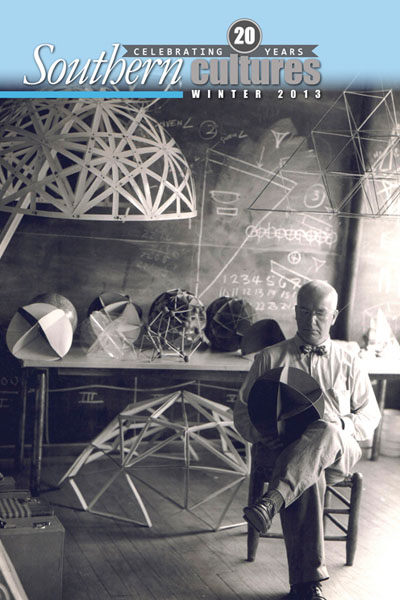“‘And where do I fit here? For the Floridian, all Hispanics, all who speak Spanish, are a mix of black and white and of no use . . . It’s a very, very delicate position.'”
The Latinization of the U.S. South has inspired a body of literature examining economic, political, social, and cultural changes in the South in recent decades. Amidst discussions of migration, assimilation, and resistance, there is frequent reference to the South’s biracially coded past and its implications for what Raymond Mohl has called the “Nuevo New South.” For Mohl and others, Hispanic immigration to the U.S. South presents significant questions about how new forms of diaspora in new places challenge existing paradigms for reading social dynamics. In particular, the historical constructions of race as a black/white binary in the U.S. South leave both newcomers and longtime residents at a loss as to how to read their contemporary reality.


